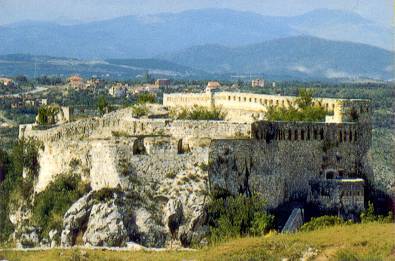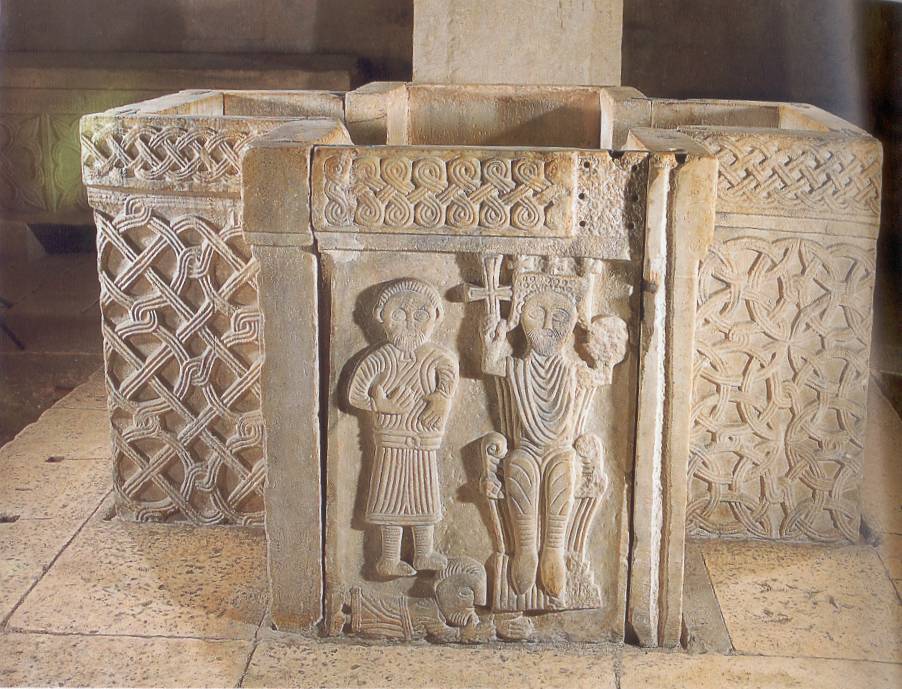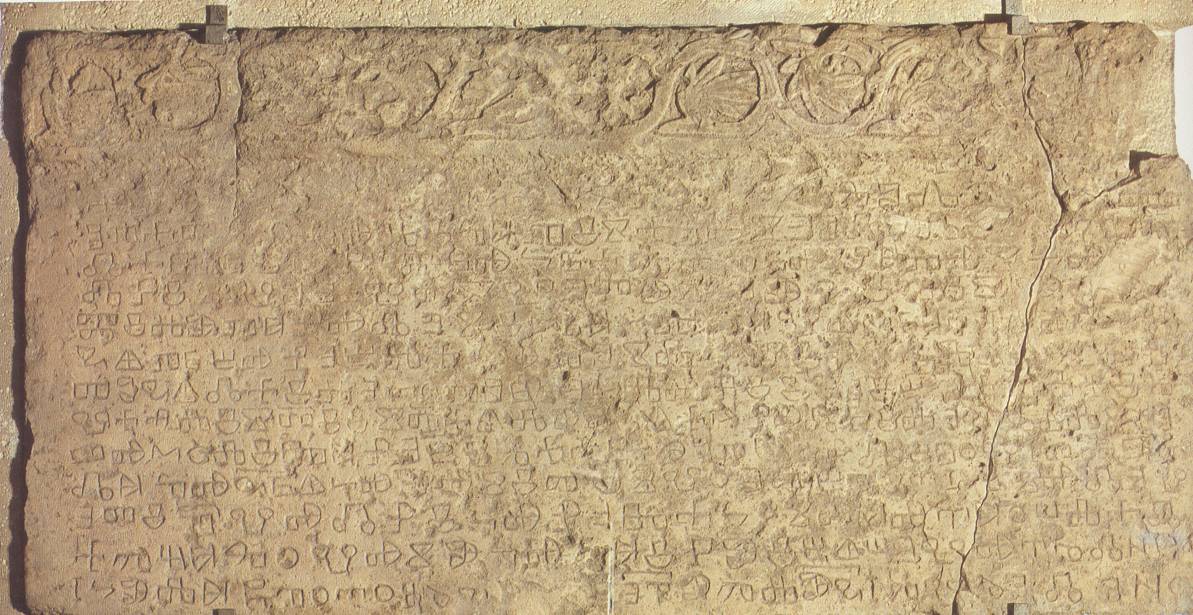

Dmitar Zvonimir and Jelena (1075 - 1089)
Dmitar Zvonimir was crowned King amid significant pomp and ceremony at the Basilica of Sv. Petar i Mojsije (St. Peter and Moses) in Solin. The coronation, whereupon he received a crown and royal insignia from Pope Gregory VII, was presided over by the Papal representative Gebizon.
Zvonimir first appeared on the political scene around 1070 as Ban (Governor) of Slavonia. Records show he was a competent and auspicious governor and according to some historians ruled Croatia concurrently with his predecessor, King Petar Kresimir IV between 1070 and 1074. His enthronement marked a halt to the natural succession within the House of Trpimirovic, an event brought about by the premature passing of King Petar Kresimir IV. Petar Kresimir was ambushed by Norman pirates whilst at sea and never seen again, sparking a crisis of succession within the Kingdom. Although, Stjepan II was the next Trpimirovic in line to inherit the throne, the Croatian people and clergy instead elected Zvonimir (a non-Trpimirovic).
Zvonomir is often celebrated as one of Croatia's most powerful kings, however he was also one of the most compassionate. Early in his reign he implemented extensive social reform paying particular attention to the welfare of orphans, widows and the poor. He highlighted the importance of the family unit within society, emphasising the inviolability of marriage and opposing divorce. Other reforms implemented by Zvonimir included the strengthening of Croatia's judicial system and the outlawing of slavery. This last amelioration is the source of much interest among historians as it was carried out at a time when slave trading flourished throughout Europe.

Medieval Croatian fortress in Knin
A prominent theme in Zvonimir's coronation oath is his faithfulness to the Apostolic See and Pope Gregory VII. Historians view Zvonimir's oath, which has been preserved in the Vatican Library, as the consolidation of an already powerful alliance between Croatia and Rome. Zvonimir often confided in Archbishop Lovro (Lawrence) of Split who acted as his counsel, and a close personal friend. He recompensed the Papacy with numerous gifts including the Monastery of Sv. Grgur (St. Gregory), a golden chest containing the remains of Sv. Grgur, a silver-bounded manuscript of the Gospels and two golden crowns. Like his predecessors, Zvonimir promoted the construction of churches, monasteries and convents throughout the Kingdom. During his rule, a bishopric was established in Vrhbosna (today's Sarajevo). Of particular interest is the donation of property to the Church of Sv. Lucija (St. Lucy) on the island of Krk. This deed was recorded and preserved on a stone tablet in the old Croatian Glagolitic Script. The Baska Tablet is one of the most important sources of Croatian history as it names the King, plus various noblemen and monks. See below, for an English translation of the tablet.

Baptismal font bearing King Zvonimir's image.
Whilst still Ban (Governor) of Slavonia, Zvonimir often associated with the nearby Hungarians and took Princess Jelena (daughter of the Hungarian King Bela I and sister of King Laszlo I), as his wife. They had one son, Radovan who died from an unknown cause in his late teens or early twenties. The Croats held Jelena in high regard and frequently referred to her as Jelena Lijepa (Helen, the Beautiful). Contemporary records refer to her as eminent and fair, however her marriage to Zvonimir proved to have a colossal impact on the Kingdom when Zvonimir predeceased her in 1089.
Zvonimir's death is clouded in mystery. According to Thomas, the Archdeacon of Split, he died of natural causes. According to Presbyter Dukljanin, he was assassinated shortly after committing Croatia's military forces to the Crusades in the Middle East. Whatever the case, yet another crisis of succession emerged and Croatia's aristocracy and clergy turned to Stjepan II, who was due to inherit the throne 15 years earlier. Stjepan II was crowned shortly thereafter, but by this stage he was old and suffering from ill health. His reign lasted barely two years. Meanwhile, Zvonimir's widow Jelena, quietly plotted the inheritance of the Croatian Crown for her brother, King Laszlo I of Hungary, leading to a decade of war and instability.
English translation of the Baska Tablet:
I, in the name of the Father, the Son and the Holy Spirit, I, Abbot Drziha write this about the land donated by Zvonimir, King of Croatia, in his day, to Sv. Lucija (St. Lucy), witnessed by Desimira, Zupan of Krbava; Mratinac, Zupan of Lika; Prbineza, dignitary from Vinodol; Jakov of Krk. Whoever denies this be cursed by God, the twelve apostles, four evangelists and Sv. Lucija, Amen. Whoever lives here should pray to God for them. I, Abbot Dobrovit, built this church with my nine brothers in the day of Knez (Prince) Kosmat, who ruled the military frontier and it was in the day of Mikula in Otocac with Sv. Lucija together.

Baska Tablet from the island of Krk.
Next (Stjepan II)
Previous (Petar Kresimir IV)
Copyright © Karl Baricevic. All rights reserved.